
Living at 36 degrees north, at the southernmost tip of Europe, has always provided great advantages to species living down here. At Gibraltar we are further south than parts of North Africa and the mild oceanic influence from the Atlantic (we are at 5 degrees west) has always kept the deep cold of the “Ice Ages” well away from us. When the British Isles were under a kilometre of ice, olive trees were happily growing down here!

Today, things are the same. We may be well into November but midday temperatures are reaching 25C and barely drop below 20C at night. A walk in the Botanic Gardens yesterday produced a spectacle, not of birds but of butterflies. The spectacular Two-tailed Pasha (Charaxes jasius), a large butterfly belonging to an African genus which finds its northernmost limits here, was remarkably still out in numbers. They are attracted to fermenting fruit and a single feeder held up to eleven individuals! The species tends to have two generations a year, the second usually from mid-August to mid-October, with second batch caterpillars spending the winter in the larval stage. Here, they seem to have forgotten that mid-October is long gone.

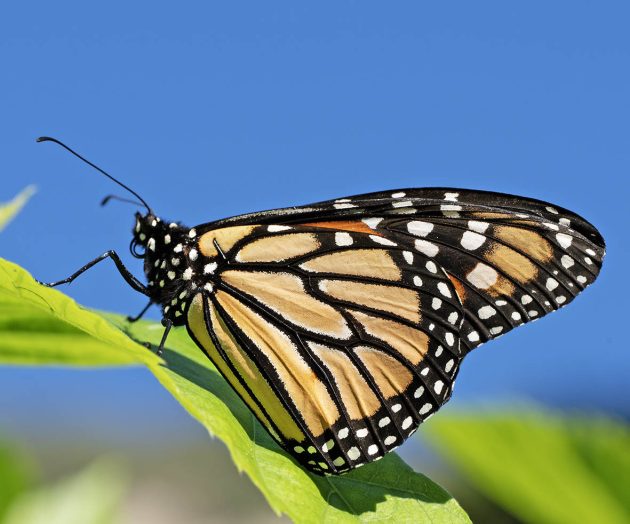
Also about were Monarchs (Danaus plexippus), butterflies that colonised this part of the world recently and seem to have made a success of it. They don’t bother going to sleep over the winter at all. Flying Monarchs at Christmas is now very much a feature of Gibraltar.
Moving to another location, at our Natural History Museum site at Parson’s Lodge, a coastal area with natural Mediterranean vegetation where we have an active re-introduction programme of Hermann’s Tortoises (Testudo hermanni) and we find that they haven’t gone into hibernation at all, and may not bother if the mild temperatures persist. And they are not the only active reptiles. As the sun warms up mid-morning, Andalusian Wall Lizards (Podarcis vaucheri) emerge and may come face-to-face with a more-typically nocturnal cousin – the Moorish Gecko (Tarentola mauritanica). All this in Europe, in November!

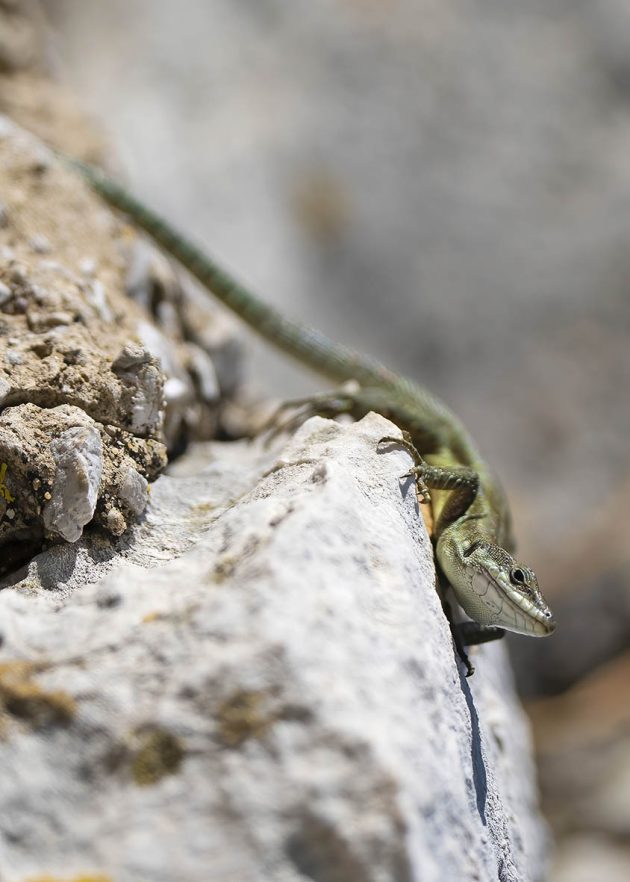

What about the birds you will be asking. This is a bird page after all. Forgive the little indulgence in talking Lepidoptera and Reptilia but it does serve to set my local patch in context. Well, the usual winter visitors are now here and doing well. The Common Chiffchaffs (Phylloscopus collybita) are especially enjoying the mild temperatures, with lots of insects still active.
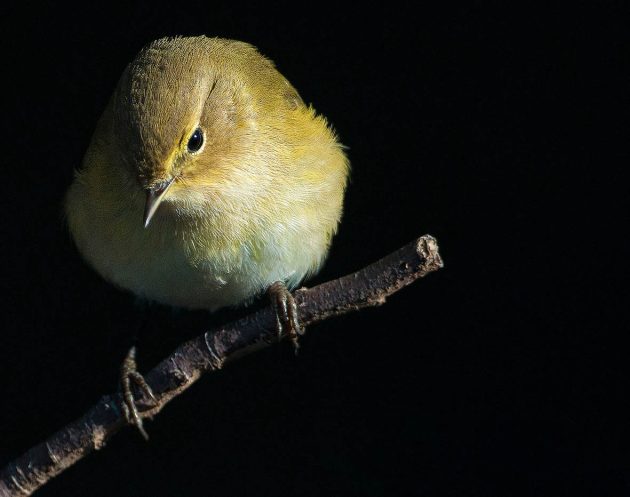

Other winter visitors will supplement their food intake with wild fruit but Chiffchaffs are more dependent on insects. Even more dependent on insects are Crag Martins (Ptyonoprogne rupestris) and our winter roost at Gorham’s Cave is now around 2,000 birds strong with the birds putting on fat deposits to serve them if and when insect numbers drop.

Not everything is coming from the north though. With the rains and mild temperatures, birds start returning from the south, leaving the drying Sahel and crossing the Sahara back north. The White Storks (Ciconia ciconia) that left us not that long ago are now returning as is one of my favourite of all birds – the spectacular Great Spotted Cuckoo (Clamator glandarius). With daylength still giving us ten hours at the shortest time of the winter, there is ample time for many birds to thrive down here, whether they are arriving from the north or the south.
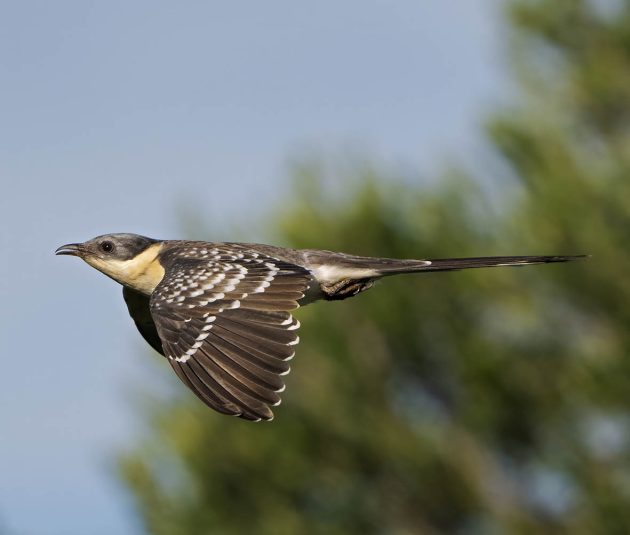


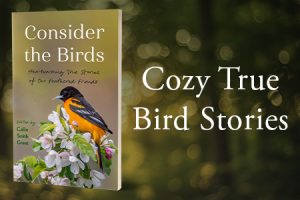

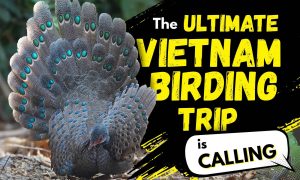

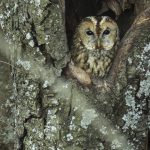






I am surprised about birds coming back to Gibraltar from Africa in November. Will they go back to Africa again a bit later? Why did they bother to go to Africa in the first place? Interesting …
Many of these leave in July to avoid the dry summer months so they’ve already been away for five months. They come back to catch our rains. These are pioneers and many more will arrive in December, January and February. They don’t all do this. Our pallid swifts go to the Sahel also but now they leave there and move south into the rain forest instead, until March when they return to Gibraltar. It’s all about tracking resources related to the rains.
I have had Pallid Swifts on the coast where I live near Lisbon on Christmas Day. I have never seen the cuckoo earlier than January but they are always super early.
Interesting Peter. There is a winter roost of Pallids in Seville so some populations seem to remain. The majority go south, however. My earliest great spotteds are usually in October
EXCELLENT.
I much enjoyed the butterflies – the Two-tailed Pasha is a spectacular butterfly and one of my favourites, while the colonisation of southern Spain by Monarchs is fascinating. Both butterflies are great to see.